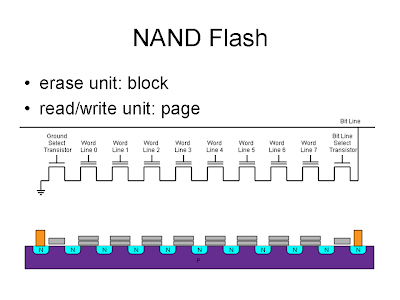/*
* cy add checksum
* use: gcc dnw2.c -o dnw2 -lusb -g
*/
/* dnw2 linux main file. This depends on libusb.
*
* Author: Fox
* License: GPL
*
*/
#include
#include
#include
#include
#include
#include
#define QQ2440_SECBULK_IDVENDOR 0x04e8
#define QQ2440_SECBULK_IDPRODUCT 0x1234
struct usb_dev_handle * open_port()
{
struct usb_bus *busses, *bus;
usb_init();
usb_find_busses();
usb_find_devices();
busses = usb_get_busses();
for(bus=busses;bus;bus=bus->next)
{
struct usb_device *dev;
for(dev=bus->devices;dev;dev=dev->next)
{
if( QQ2440_SECBULK_IDVENDOR==dev->descriptor.idVendor
&& QQ2440_SECBULK_IDPRODUCT==dev->descriptor.idProduct)
{
printf("Target usb device found!\n");
struct usb_dev_handle *hdev = usb_open(dev);
if(!hdev)
{
perror("Cannot open device");
}
else
{
int ret;
if(ret = usb_claim_interface(hdev, 0) != 0)
{
perror("Cannot claim interface");
printf("ret=%d\n", ret);
usb_close(hdev);
hdev = NULL;
}
}
return hdev;
}
}
}
printf("Target usb device not found!\n");
return NULL;
}
void usage()
{
printf("Usage: dnw2 \n\n");
}
unsigned char* prepare_write_buf(char *filename, unsigned int *len)
{
unsigned char *write_buf = NULL;
struct stat fs;
int fd = open(filename, O_RDONLY);
if(-1==fd)
{
perror("Cannot open file");
return NULL;
}
if(-1==fstat(fd, &fs))
{
perror("Cannot get file size");
goto error;
}
write_buf = (unsigned char*)malloc(fs.st_size+10);
if(NULL==write_buf)
{
perror("malloc failed");
goto error;
}
if(fs.st_size != read(fd, write_buf+8, fs.st_size))
{
perror("Reading file failed");
goto error;
}
printf("Filename : %s\n", filename);
printf("Filesize : %x bytes\n", (int)fs.st_size);
*((u_int32_t*)write_buf) = 0xC0000000; //download address
*((u_int32_t*)write_buf+1) = fs.st_size + 10; //download size;
//cy: compute checksum
int k;
u_int16_t csum=0;
for(k=0; k<(int)fs.st_size; k++){
csum +=write_buf[8+k];
}
printf("CheckSum=%d\n",(int)csum);
write_buf[fs.st_size+ 8] = csum; //checksum;
write_buf[fs.st_size+ 9] = csum>>8; //checksum;
//printf("write_buf[%d]=%.2x\n", (int)fs.st_size + 8, write_buf[(int)fs.st_size + 8]);
//printf("write_buf[%d]=%.2x\n", (int)fs.st_size + 9, write_buf[(int)fs.st_size + 9]);
*len = fs.st_size + 10;
return write_buf;
error:
if(fd!=-1) close(fd);
if(NULL!=write_buf) free(write_buf);
fs.st_size = 0;
return NULL;
}
int main(int argc, char *argv[])
{
if(2!=argc)
{
usage();
return 1;
}
struct usb_dev_handle *hdev = open_port();
if(!hdev)
{
return 1;
}
unsigned int len = 0;
unsigned char* write_buf = prepare_write_buf(argv[1], &len);
if(NULL==write_buf) return 1;
unsigned int remain = len;
unsigned int towrite;
printf("Writing data ...\n");
while(remain)
{
towrite = remain>512 ? 512 : remain;
if(towrite != usb_bulk_write(hdev, 0x2, write_buf+(len-remain), towrite, 3000))
{
perror("usb_bulk_write failed");
break;
}
remain-=towrite;
printf("\r%d%%\t %d bytes ", (len-remain)*100/len, len-remain);
fflush(stdout);
}
if(0==remain) printf("Done!\n");
return 0;
}























